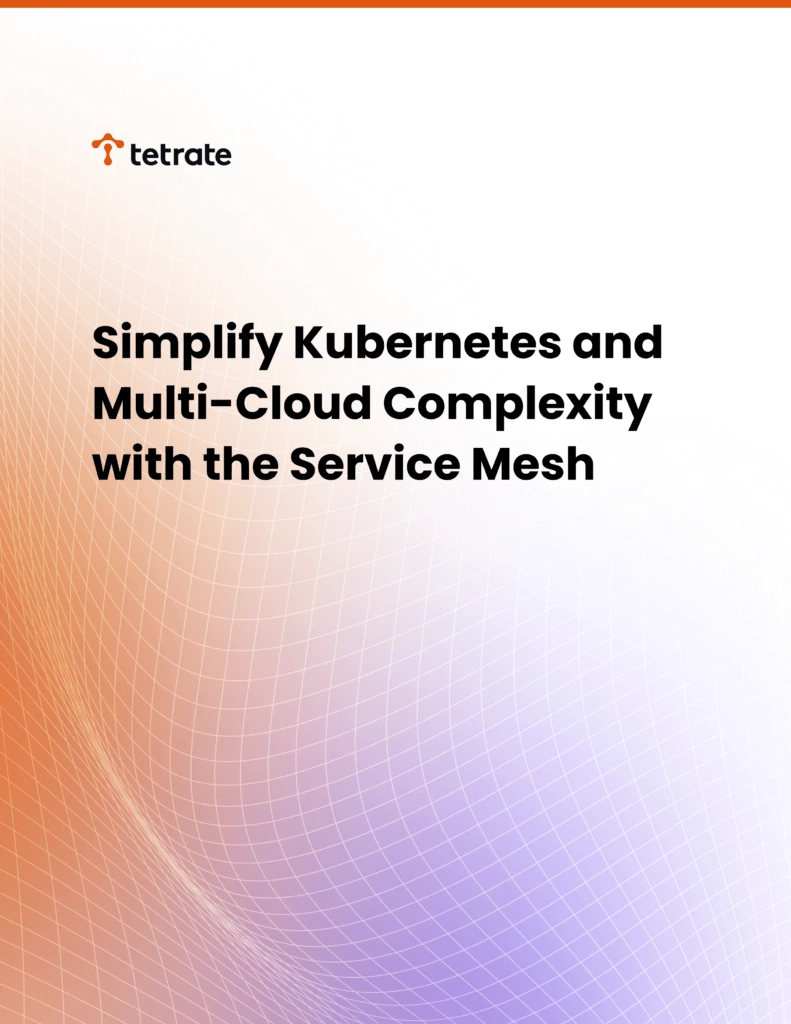Simplify Kubernetes and Multi-Cloud Complexity with the Service Mesh
As today’s enterprises shift to the cloud, Kubernetes has emerged as the de facto platform for running containerized microservices. And while Kubernetes operates as a single cluster in many deployments, enterprises and federal agencies inevitably run their applications on a complex, often confusing, architecture of multiple clusters deployed to a hybrid of multiple cloud providers and private data centers. This approach creates a new set of challenges. How do your services find each other? How do they communicate securely? How do you enforce access and communication policies? How do you troubleshoot and monitor health? Even on a single cluster, these are not trivial concerns. In a multi or hybrid-cloud environment, the complexity can be overwhelming.
For federal agencies and enterprise organizations seeking the flexibility to deploy applications on cloud providers that align with their cost, compliance or strategic consideration, the service mesh is an essential technology that addresses the above challenges. It empowers the consistent and streamlined deployment of applications across diverse Kubernetes clusters spanning different clouds. At a high level, the service mesh simplifies Kubernetes complexity by:
- Decoupling traffic management from Kubernetes by running proxies
- Centralizing and standardizing the management of networking concerns
- Improving overall security posture using mTLS to encrypt traffic for secure communication and enabling zero trust security operations across any environment
- Ensuring your system remains performant and efficient as it scales
As an additional benefit, the service mesh collects a trove of valuable data from logs, traces, and metrics related to your network traffic. This data can help you create a more robust and reliable system.
When used together, Kubernetes and the service mesh provide a powerful platform for building
and operating complex distributed applications efficiently and securely across multi-cloud environments with less specialized expertise in each cloud and less manual toil. Developers, platform engineers, and network and security professionals are able to perform their jobs better individually while collectively innovating faster. These benefits, especially developer productivity, are inordinately impactful given today’s reliance on digital technologies. Increasing developer productivity, removing complexity and reducing toil provides a faster path to production and reduce time to market, which reduces time to value.





